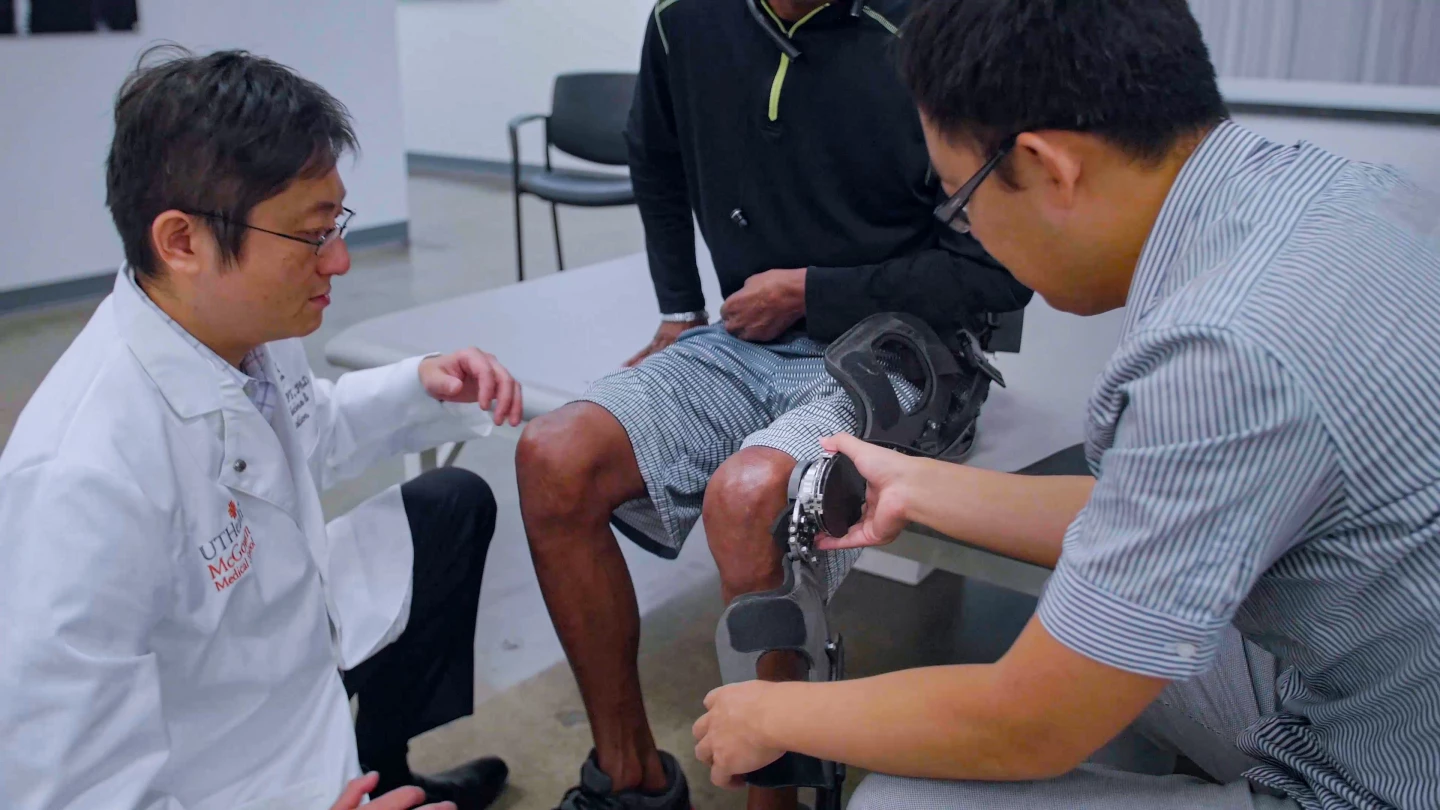While some powered exoskeletons give able-bodied users "superstrength," others are designed simply to let physically-challenged people move about normally. A new version of the latter is said to be much lighter and more user-responsive than others on the market.
Currently in prototype form, the lower-body device is being developed via a collaboration between The City University of New York, City College (CCNY) and The University of Texas Health Science Center at Houston (UTHealth). It was initially invented by CCNY's Dr. Hao Su.
The exoskeleton is intended for use by seniors who still have some mobility, but find it difficult to walk for extended periods. The University of Texas states that according to a Journal of Public Health report, 32 percent of people aged 65 or older find it challenging to walk the equivalent of three city blocks.
As is the case with other assistive exoskeletons, this model utilizes integrated motors that provide an electric boost to the wearer's gait. It's reportedly not as heavy as comparable models, though, plus its motors are activated by the user's own leg movements – so it doesn't just unquestioningly march the wearer along.
"Our prototype is approximately 60 percent lighter than commercially available exoskeletons," says Dr. Gerard Francisco, chair of physical medicine and rehabilitation at UTHealth's McGovern Medical School. "In addition, our model is run by the user, not the robot. Wearers aren’t forced to walk in a pre-defined path."

Plans now call for the prototype to be tested on seniors who have gait or stride difficulties. It is hoped that the final version of the device could be worn under the user's clothing.
"Despite the advancement of exoskeletons, state-of-the-art exoskeletons are not suitable to promote independence and community living," says McGovern Medical School's Asst. Prof. Shuo-Hsiu (James) Chang. "There is a pressing need for wearable robots that can improve the quality of life for broader populations in community settings."
Source: The University of Texas Health Science Center at Houston





